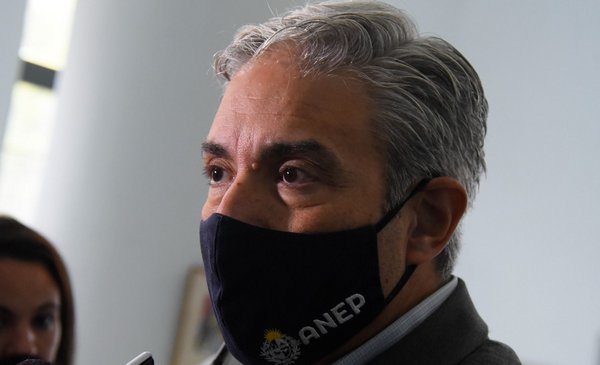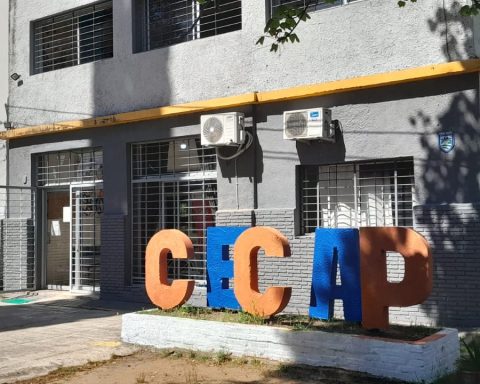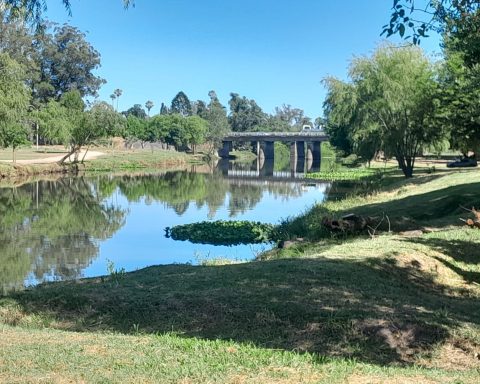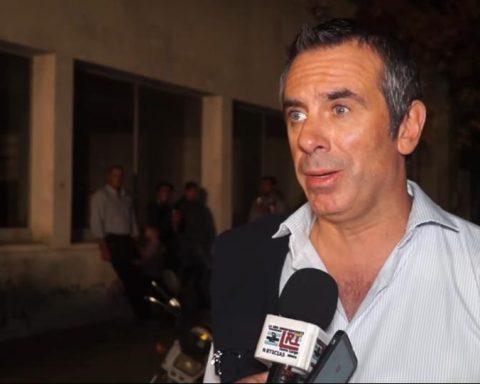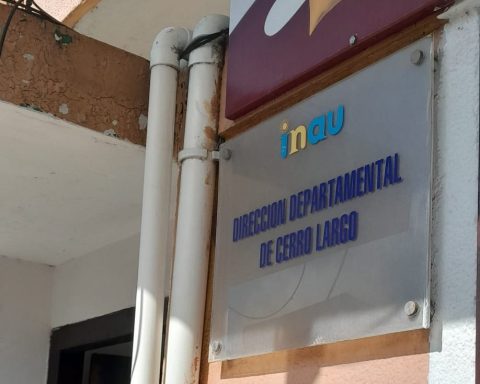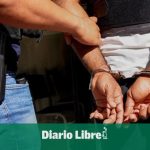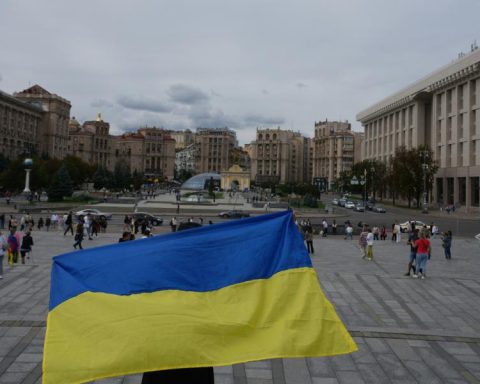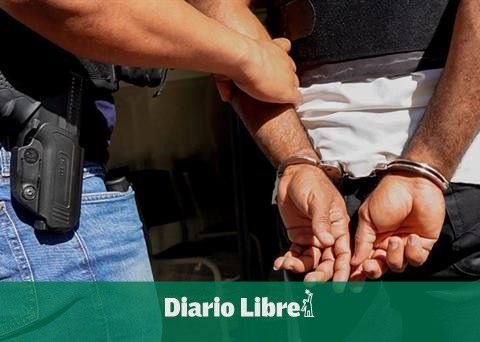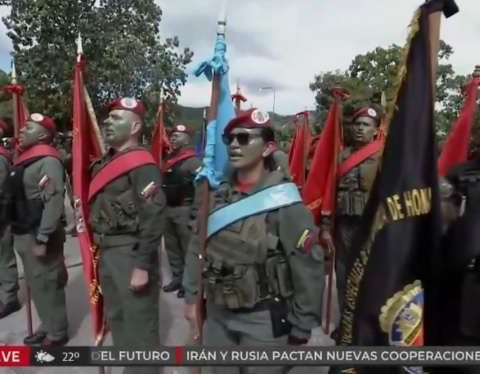The end of the health emergency and the announcement of the elimination of quarantines in educational centers puts an end to a period of more than two turbulent years at a general level but particularly in education. This change allows the education authorities turn page and focus on what they promised so many times in the electoral campaign: an education reform to improve educational indices that place Uruguay among the worst in class in Latin America.
Robert Silva, president of the Central Board of Directors (Codicen) of the National Administration of Public Education (ANEP), told The Observer what this is the moment to “put the foot on the gas” in the promised reformafter two years of back and forth between virtual and face-to-face classes, more or less demanding protocols and quarantines.
On more than one occasion, the authorities have announced that the intention is make changes to educational plans and programs and, as reported The Observerthe idea is to create a General Interdisciplinary Baccalaureate that had planned a pilot plan for this year but was postponed.
With the emergency over, with the path open to reforms, Silva appreciated that the government’s task of education in the pandemic was “a duty fulfilled”and ensured that Uruguay is the “only country in America” that did not have a “total interruption of classes”and that the “technological investment” allowed the effects of virtuality not to be so harmful to student learning. However, he acknowledged that the problems that came from “previous administrations”, such as desertion and abandonment of education, “exacerbated”.
ANEP plans to continue with the Educational Transformation planbasic scheme of the reform, presented in 2021. As points to be specified in the short term after the end of the health emergency, the president of Codicen highlighted: “The implementation of tutorials, the expansion of powers of community teachers, the professionalization of teachers, and the future high school curriculum reform.”
curriculum reform
Camilo dos Santos
The president of the Codicen indicated that they approved a “first draft of a curricular framework” only this Thursday
In a first instance, Silva proposed a curricular reform for all high schoolwith a change from the traditional orientations to only an “emphasis” to choose in sixth year. In November 2021, ANEP decided to postpone this instance, and implement a pilot plan in the 4th year in 2022 to be able to “generate other spaces for discussion”, and “do prior institutional work” before implementing the full plan in 2023Silva said at the time.
However, with the 2022 school year already underway, the Codicen president indicated that approved a “first draft of a curriculum framework” only this Thursdaywhich plans to become effective in 2023. In the draft, theThe “objectives” and the minimum knowledge or tools necessary to graduate from each course. “What education do we want, why, and how do we want it”Silva indicated.
From ANEP they intend to complete the reform plan in November 2022 so that it can be implemented in 2023, detailed the hierarch. In the middle teachers should be trained for the new high school format.
teaching university
On March 28, the Ministry of Education and Culture (MEC) approved the accreditation process of the 32 ANEP teacher training institutes so that they can be accepted as university centerswith the aim of implementing the “teaching university”. With this, it is planned that in 2023 the race of Bachelor of Pedagogywhich will encompass the races of Teaching and Teaching.
The document signed by the MEC raises a “minimum curriculum” of basic skills to reach the title: Spanish language, applied mathematics, argumentation and organization of texts and research methodologyas reported by La Diario.
The Education Training teachers’ union criticized that the hours of training to graduate were reduced by the MEC, from an average of 3,700 current study hours to an average of 3,000 calculated by the ministry. Silva said at a press conference that this it’s just an averagethat there will be some with even more hours, and that knowledge will be prioritized in the races.
Maria Espinola Centers
The María Espínola centers were the first battle horse of the current administration in its intention to reform the educational system. In 2021 they began to operate under this name twelve centers from UTU and high school located in low-income settingswith a curriculum centered on subjects and projectsan accompaniment of coordinators, and a dining room. This year the number of centers of this type grew to 29Silva indicated.
On the day of the presentation of the Educational Transformation program in November 2021, Silva presented them as centers with “effective teachers, trained management teams, articulation between the different disciplines, coordination of sports activities, with technology teachers working with Plan Ceibal and with three daily meals.”
At the end of the 2021 school year, the Espinolas they had not finished concretizing their aspirationsdue to reforms introduced in the middle of the year and the lack of workers for some of the new coordination areas. From some of the centers they assured that recently in 2022 they could start with a complete coordination of the plan for the new centers.
community teachers

Diego Battiste
The number of community teachers goes from 527 in 2021 to 560 in 2022
Community teachers are teachers who work with children from disadvantaged backgrounds (quintiles 1 and 2) in order to “restore the desire to learn of students” with difficulties in acquiring new learning due to their social context and “rebuild the bond between family and school”indicates a release from ANEP.
In 2021 they took 527 charges of this type, and in 2022 ANEP increased this number to 560said Robert Silva. 500 will focus on the aforementioned context, and 60 will carry out peer inspections in different educational jurisdictionsto be able to recognize situations that need attention in educational institutes located in non-deprived environments.
tutorials
According to Robert Silva, 100% of high schools have tutorials to help students. This represents a total of 7,500 hours for all tutorswhich have the objective of “develop teaching activities and academic orientation”, such as “support in probationary periods and pending exams”according to the General Directorate of Secondary Education (DGES).
The president of Codicen added that it is regulating a call to psychologists to support in the area of tutorials, although still The necessary number of workers in this area and the costs of the call are not known.
